Tea has a long history, nurturing national culture for thousands of years. How much do you know about tea? If you don't even know these, don't say you understand tea......
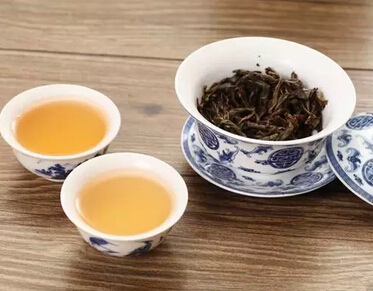
Tea origins and history
Written records indicate that the Chinese began cultivating and using tea trees over 3,000 years ago. The earliest origin of tea trees is in Xishuangbanna, Yunnan.
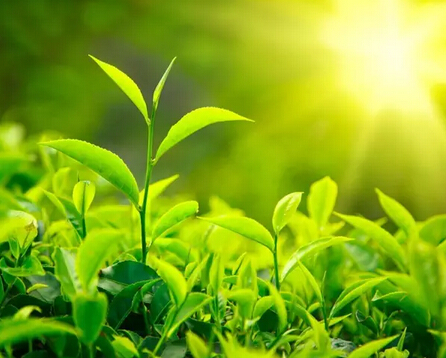
China's four major tea regions
China's tea regions are vast, spanning from Taiwan's eastern coast at 122 degrees east longitude to Yigong, Tibet at 95 degrees east longitude, and from Hainan's Yulin at 18 degrees north latitude to Rongcheng, Shandong at 37 degrees north latitude. Tea is produced in 967 counties across 21 provinces, divided into four regions: Jiangnan, South China, Southwest, and North China.
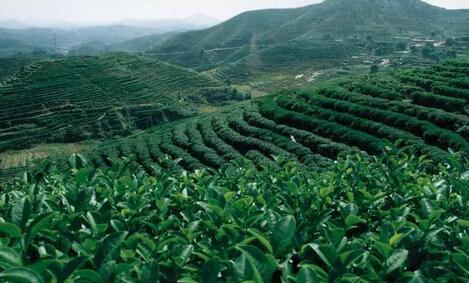
Jiangnan Tea Region:
The region with the most famous teas, mainly producing green tea, as well as some black tea and oolong tea.
Located south of the middle and lower reaches of the Yangtze River, it includes Zhejiang, Hunan, Jiangxi, and parts of Anhui, Jiangsu, and Hubei. It accounts for about two-thirds of China's tea production, specializing in green tea, black tea, dark tea, scented tea, and renowned varieties like West Lake Longjing, Tianmu Qingding, Huangshan Maofeng, Dongting Biluochun, Junshan Yinzhen, and Lushan Yunwu.
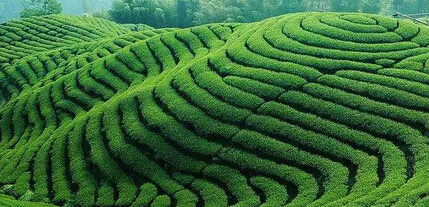
South China Tea Region:
China's southernmost tea region, primarily producing oolong tea, black tea, and green tea.
This region includes Guangdong, Guangxi, Fujian, Taiwan, and Hainan, offering the most ideal conditions for tea growth. It features various tea tree types and produces black tea, oolong tea, scented tea, white tea, and Liubao tea.
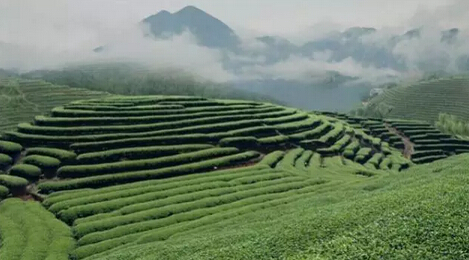
Southwest Tea Region:
The origin of tea trees, mainly producing dark tea (Pu'er), green tea, and black tea.
Located in Southwest China, it includes Yunnan, Guizhou, Sichuan, Chongqing, and southeastern Tibet. It is China's oldest tea region, rich in tea tree varieties, producing black tea, green tea, Tuocha, compressed tea, and Pu'er tea.
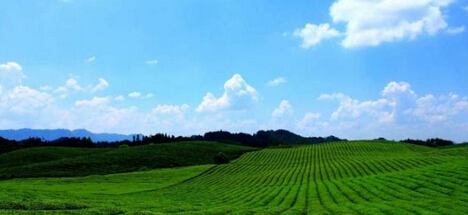
North China Tea Region:
The northernmost of the four regions, mainly producing green tea.
Located north of the Yangtze River, it includes Henan, Shaanxi, Gansu, Shandong, and parts of Anhui, Jiangsu, and Hubei. It primarily produces green tea.
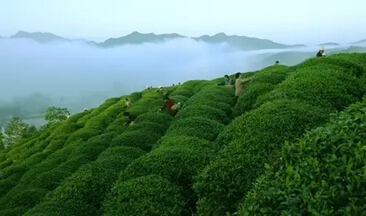
Classification of tea trees and tea
(1) Tea tree classification:
By size: arboreal, semi-arboreal, and shrub types;
Arboreal tea trees are tall with a clear trunk and high branches. Semi-arboreal tea trees, or small arboreal types, are shorter but still have a distinct trunk and lower branches. Shrub-type tea trees are short with no clear trunk and dense branches suitable for picking.
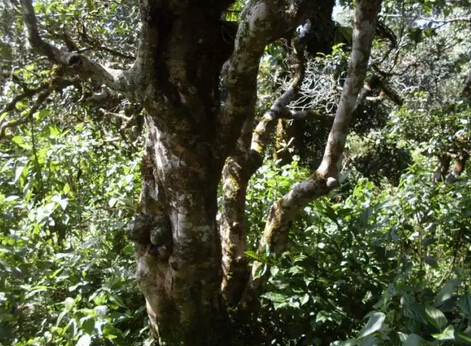
By leaf size: large-leaf, medium-leaf, and small-leaf varieties;
By evolutionary stage: primitive, semi-primitive, and evolved types.
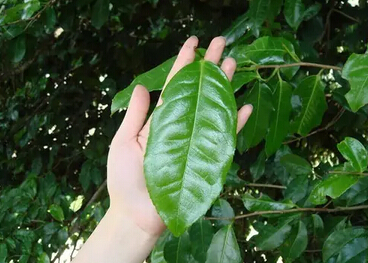
(2) Tea classification
Basic tea types: green tea (unfermented); white tea (lightly fermented), yellow tea (lightly fermented), oolong tea (blue-green tea, lightly to moderately fermented), black tea (fully fermented), dark tea (fully fermented, post-fermented).
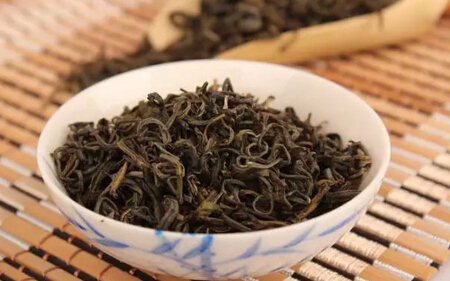
Processed tea types: scented tea, compressed tea, extracted tea, flavored tea, and tea beverages.

Copyright Notice: This article is sourced from Health Tea Culture, edited by Tea Information. For reprinting, please credit the author and source; for infringement, please contact us. Thank you!!